Editor’s Note: When Wheel:Life writer Betsy Bailey overheard her booth neighbors at Abilities Expo San Mateo talking to attendees about wheelchair users working out at their gym, she knew she needed to find out more information to share with our readers. After introducing herself to Reed Snook and Rachel Galaraga, she found out they were part of RISE Paralysis Recovery Center, and one of their goals is to normalize wheelchair users working out at the gym. Bailey set up an interview with the two of them to talk about their ideas on the effectiveness of activity-based therapy, the importance of having fun while exercising, and why they cultivate a sense of community.
Reed: I started with Forma Gym about six years ago, and RISE is located at our Walnut Creek, California, location. I've done almost every single job that you can think of when it comes to health clubs, from maintenance to front desk to membership services to management. One of my favorite times was when I was working as an aide with Project Walk and was immersed in the wheelchair-using community and specifically with people dealing with paralysis. Now, as the sales director and assistant general manager of Forma Gym, I ensure Rachel and the rest of the team at RISE are supported and integrated into the whole Forma community.
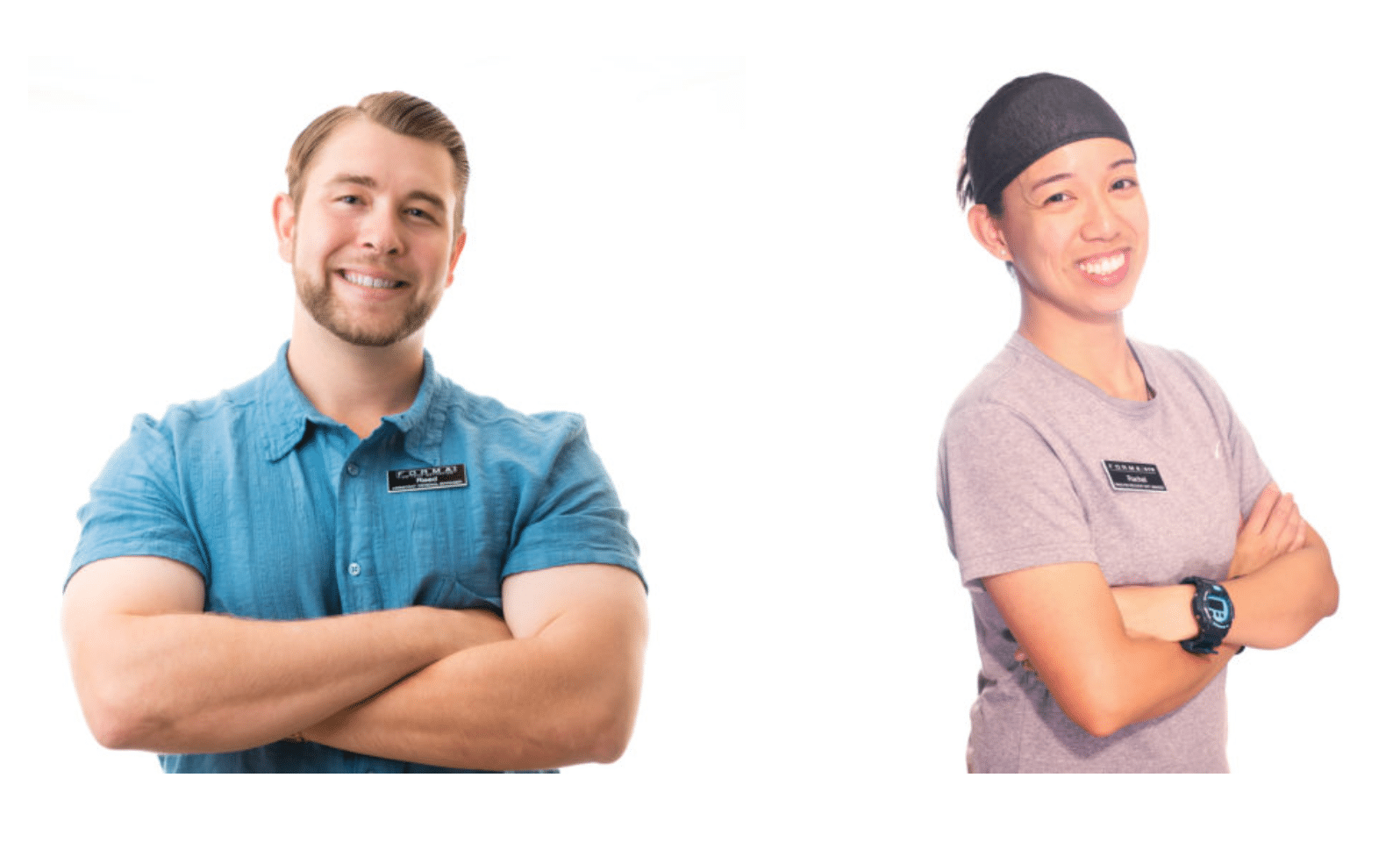
Rachel: After I graduated from San Jose State University, I worked for a physical therapy company, and at one point, I was debating whether I wanted to go back to school to get my doctorate or not. Around that time, an old classmate recommended I apply to an opening at Project Walk. I had no idea this kind of program in a gym existed, and I went into it completely blind. The first client I ever worked with was Marcus Williams, the founder of LYDO Life. I thought working with him was the coolest thing ever.
It forced me to think outside of the box instead of staying within the cliché realm of physical therapy.
When you work at a PT clinic, it's like a revolving door. Patients come in and out, and you don’t have sufficient time to make progress with someone with a spinal cord or traumatic brain injury. Working with Project Walk was a big change from that model.
Now, I'm the department manager for RISE, and I also manage the spa at Forma Gym. That allows us to integrate massage therapy into the program for paralysis clients.
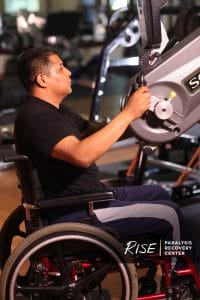
Rachel: The founders of Project Walk are the original innovators of activity-based therapy. Their headquarters were based in Carlsbad, California. It started with an individual who was diagnosed with an SCI, and he had exhausted his physical therapy. He was frustrated with the whole experience and didn’t feel he had made any progress. He started training with two CrossFit coaches who owned a gym in Carlsbad. They didn't follow a template; they just did functional training and began seeing results. That gentleman eventually started walking again.
The original Project Walk no longer exists. However, there are still two privately owned locations in Boston and New Jersey. Project Walk Boston is owned by the Arlen family. Victoria Arlen is a former Paralympic swimmer and a host on ESPN. She was diagnosed with transverse myelitis at a young age. She went through the program at Project Walk in Carlsbad, and then her family decided to open a location in Boston. A lot of the activity-based facilities you see today are based on Project Walk.
Rachel: Robert Jackson, the founder of RISE, has a background in personal training. His cousin was in a serious motorcycle accident and suffered a TBI. Robert would train him at Forma to help him gain functional movement and get him moving and out of his wheelchair. When Project Walk's headquarters were no more, Forma Gym bought them out, and it became RISE. We wanted to be able to integrate the entire gym experience into the paralysis recovery program under one roof.
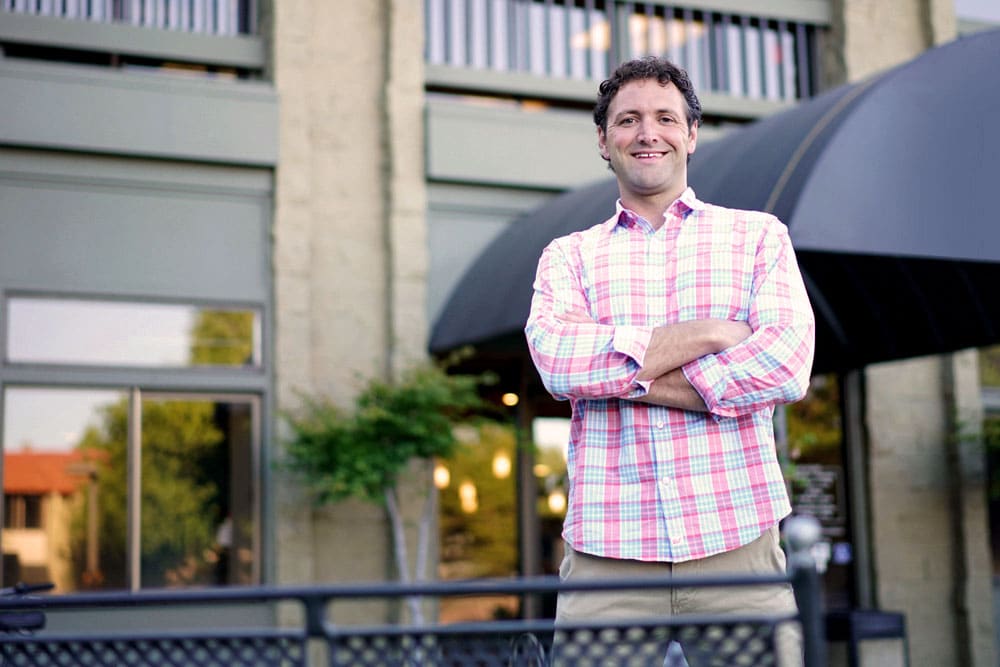
Reed: When it comes to fitness, if you look at it as mundane or as a chore, how likely are you to continue doing it?
If you see it as something fun that fits into your day-to-day routine and brings you happiness, you'll be able to maintain a lifelong activity level.
Studies have shown that being active increases lifespan and enhances the quality of life. We really do practice what we preach, and we make sure exercise is fun. I even wear a wristband that says, "Play every day."
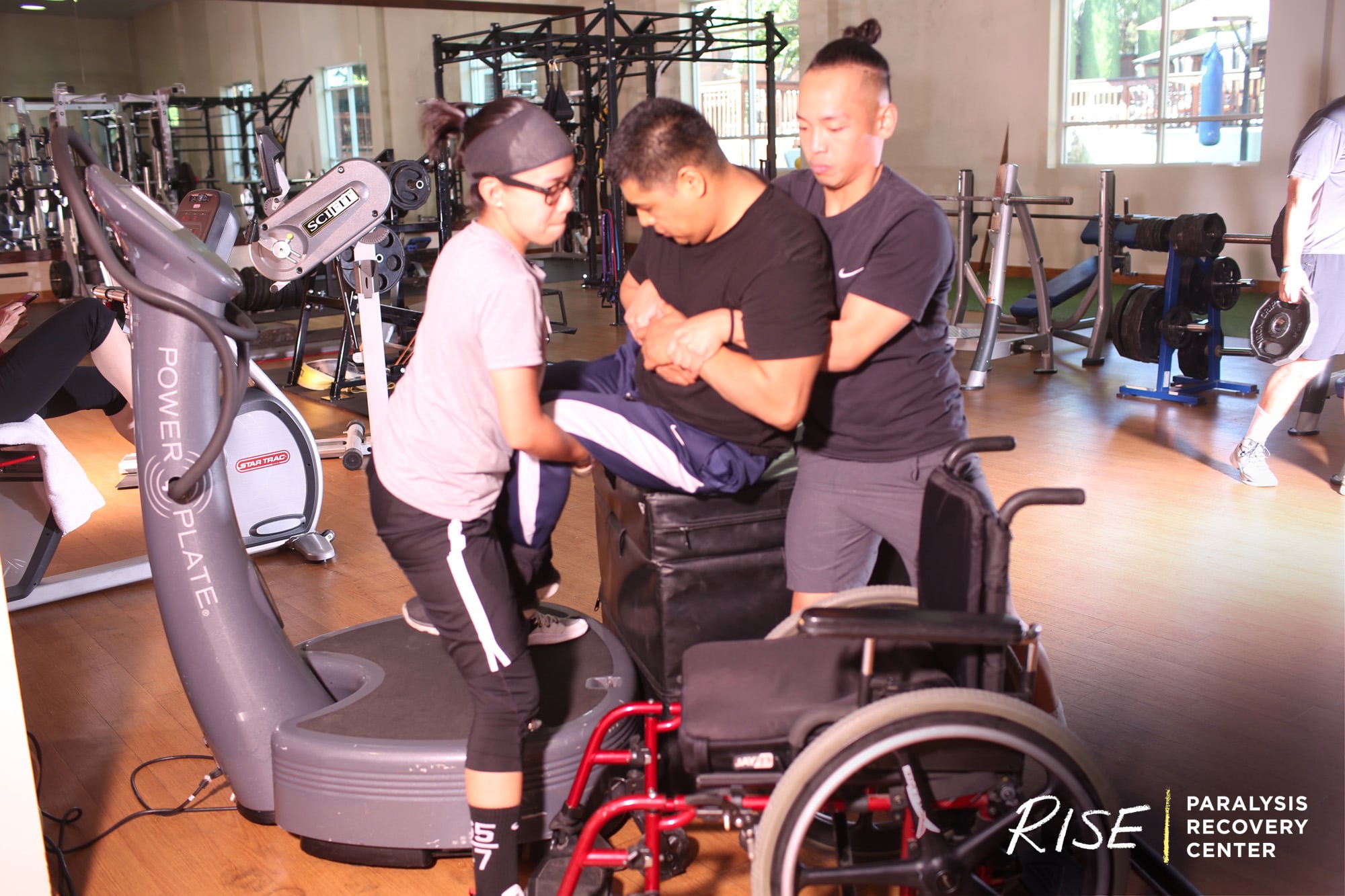
Rachel: In a typical rehab situation for someone with an SCI, for example, doctors begin by telling them what they won't be able to do anymore. When they start rehab, they go into an office, see a doctor for 15 minutes, and then they’re forced to do exercises. It's not very motivating or encouraging. If a patient later decides to go to a gym to do rehab on their own, they have many things to choose from, but they don't necessarily have the guidance to know what to do. At Forma Gym, we emphasize community. Despite having a few thousand members, if you come in through our door, our front desk team is going to know your name. You'll be greeted and asked how your day is going. We make it a priority to get to know every single member of our gym. What are your likes and dislikes? Why are you coming in? We want you to have fun when you're doing rehab. It's not a task to check off of your to-do list. You're going to go to the gym, have fun, and socialize with the staff and other members.
For individuals who are already going through a life-changing experience, coming to Forma helps them get back to a sense of normalcy.
It allows them to get back to living and get out of the funk that they may be in.
Reed: My main focus is on the education of our staff and members so that they understand and support our clients who are experiencing paralysis. For any brand of gym-goer, the gym can be intimidating, especially if it's their first time.
Making our club a community-centered, supportive, welcoming, non-judgemental atmosphere is where we stand apart.
You notice it when you walk in. We're hoping other gyms will see what we're doing and adapt to our philosophy because it's a great one!
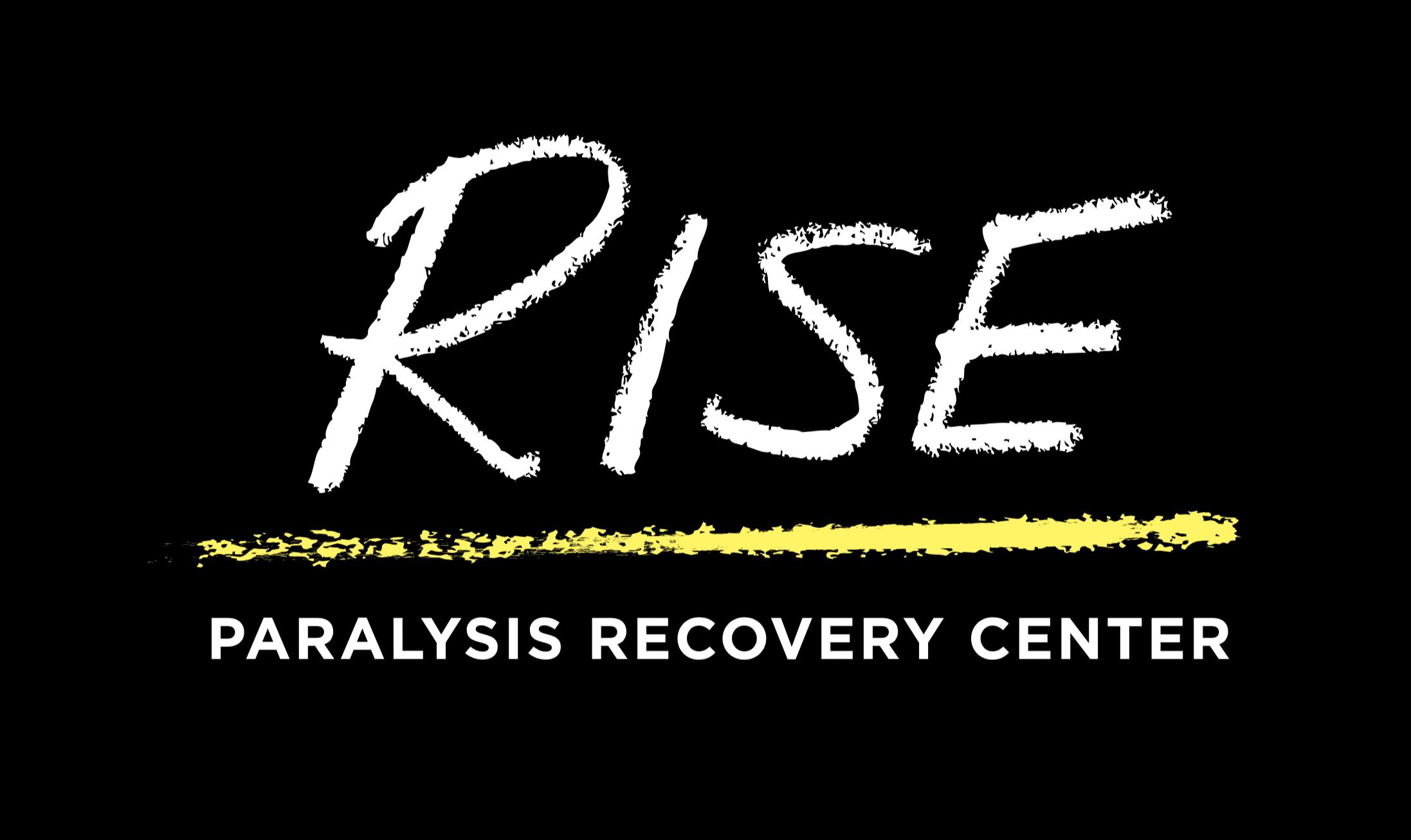
Rachel: When a client comes in for the first time, we do an initial evaluation that tests sensory and muscular movement, as well as functional movement. In the first couple of weeks, we tell clients we're going to sound like a broken record because we ask them a lot of questions. We tap around the body, and ask questions such as, “What do you feel?” “Do you feel tapping?” “Do you feel numbness? Tingling? Burning?” We use that feedback to gauge how their body is responding and know what they have to build off of.
Rachel: The most intimidating thing for individuals is when a doctor or physical therapist uses big words. When you see a medical professional, you hearing all of these medical terms that you then have to look up online. The same thing is true when you go to a gym, and a trainer feeds you anatomical words. When clients come into Forma, we simplify that process and help them understand why their body goes through certain things. We do a lot of work to get them to recognize the importance of breathing correctly. We incorporate some methods from yoga to facilitate relaxation and getting a sense of how the body is functioning. We get clients on a table and do a lot of passive range of motion.
The best way for your body, brain, and central nervous system to relearn movement is to put the limbs through those typical ranges of motion.
This could be lifting the hips or bending at the elbows and knees, for example. That's what we do initially to get clients to activate those muscles and get the feedback to know what's working.
We also do a lot of core exercises and let them know that even though they may not be able to initiate certain movements, the fact that our trainers are moving their bodies through various ranges of motion is still beneficial. Physical activity of any kind helps prevent the possible secondary complications that come from lack of movement and allows them to move forward in their overall health.
Rachel: When people think about the core, they imagine the cliché six-pack. But in reality, your core is that chunk of muscle that's underneath your six-pack, and it's what helps stabilize your spine. For C- or T-level injuries, the person often feels like a slinky when they try to sit up straight. If they can activate their core, those muscles wrap around the spine, and that's what creates stability. It allows the limbs, whether it's the arms, head, or legs, to move without exerting as much effort. We try to simplify that versus giving people the technical terms to help them understand how everyday movement functions.
Reed: When you strengthen the core, you’re increasing the ability to sit up properly for an extended period of time, and that is a huge milestone.
Rachel: The simplest way for clients who have an SCI is to have them sit against a wall with their legs out straight and a box or stool at their feet. Then, we tell them to try to drive their legs into the floor and push their upper body into the wall. By doing that, they're utilizing their entire body, including their core. The client gets the feeling of how to activate those muscles to help them sit up taller.
Reed: As Forma Gym grows, and we'd like to expand throughout the Bay Area, we're hoping to have a paralysis recovery center in all of our facilities. That would be the ultimate goal. It is a very special program, and it's in demand.
Rachel: RISE has partnered with NorCal SCI for their Road to Recovery grant. We always recommend that our clients apply for the grant.
We also have our Forma KIDS Foundation which is Forma Gym's nonprofit. Through that, we give out scholarships for young individuals to get into the program. By next year, we're hoping to launch a RISE scholarship program for adults as well.
We have a big fundraising event coming up on Thanksgiving Day — the Forma Gym Turkey Trot. It’s one of the largest fun runs in all of Contra Costa County. The proceeds raised through the race go to a few different foundations, one of which is the Forma KIDS Foundation.
Editor’s Note: For more information on the Turkey Trot and Forma KIDS Foundation, visit FormaTurkeyTrot.com/FormaKids. Read NorCal SCI: Helping People Navigate Through Post-Injury Challenges for more information about the nonprofit and its grant program.
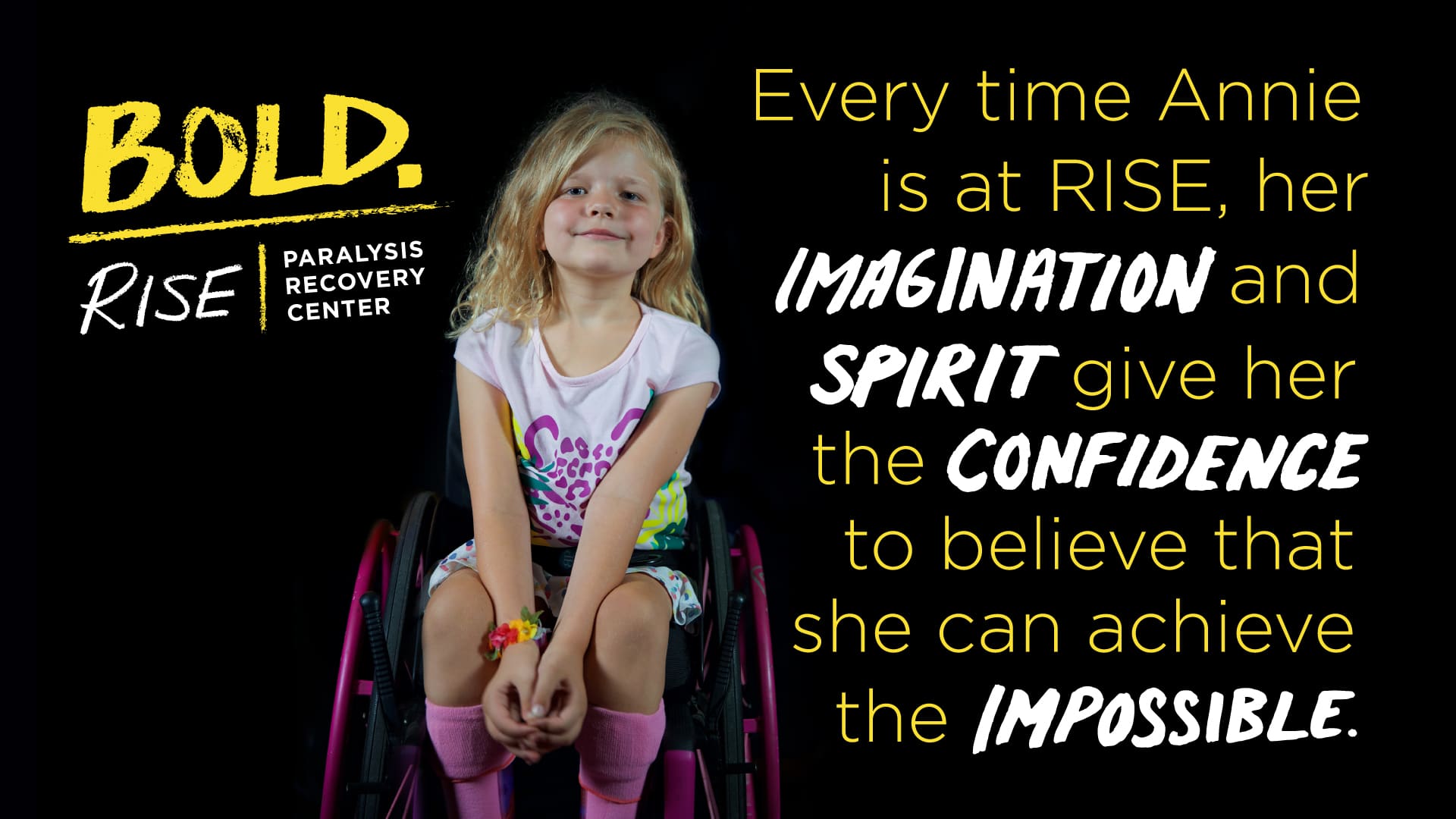
Reed: Use your resources, and don't be afraid. Stay positive, and just keep moving in any way you can.
Rachel: Keep moving. Our bodies are designed to move, but no two people are going to be alike. The more you move, the more you're going to see changes, whether they’re big or small. There will always be somebody out there who wants to join in when they see you're not letting anyone stop you from improving your overall wellness.
Moving in general boosts your mood, and it's better than staying cooped up.
You never know what you’ll find if you keep moving, and maybe you'll attract someone who will want to help you out.
Editor’s Note: To learn more about RISE Paralysis Recovery Center and Forma Gym, visit FormaGym.com/RISE. Check out more photos and videos on social media:
All information in this article was obtained through an interview with Rachel Galaraga and Reed Snook. It has been lightly edited for clarity and length.
About the Author
Betsy Bailey has a diverse background that includes experience in marketing research, business operations, travel and culinary writing, and playing volleyball professionally overseas.
Betsy has been writing for Wheel:Life since January of 2017 and thoroughly enjoys the process of getting to know her interviewees. She also enjoys a good vegan brunch, practices parkour, speaks French fluently, and travels any chance she gets!
Appreciating the time and effort you put into your website and in depth information you offer. Very clear explanation! You’ve covered up almost all the possible info that every wheelchair user should follow who wants to keep fit & healthy. Worth sharing! Please continue sharing your updates! Thanks a lot!